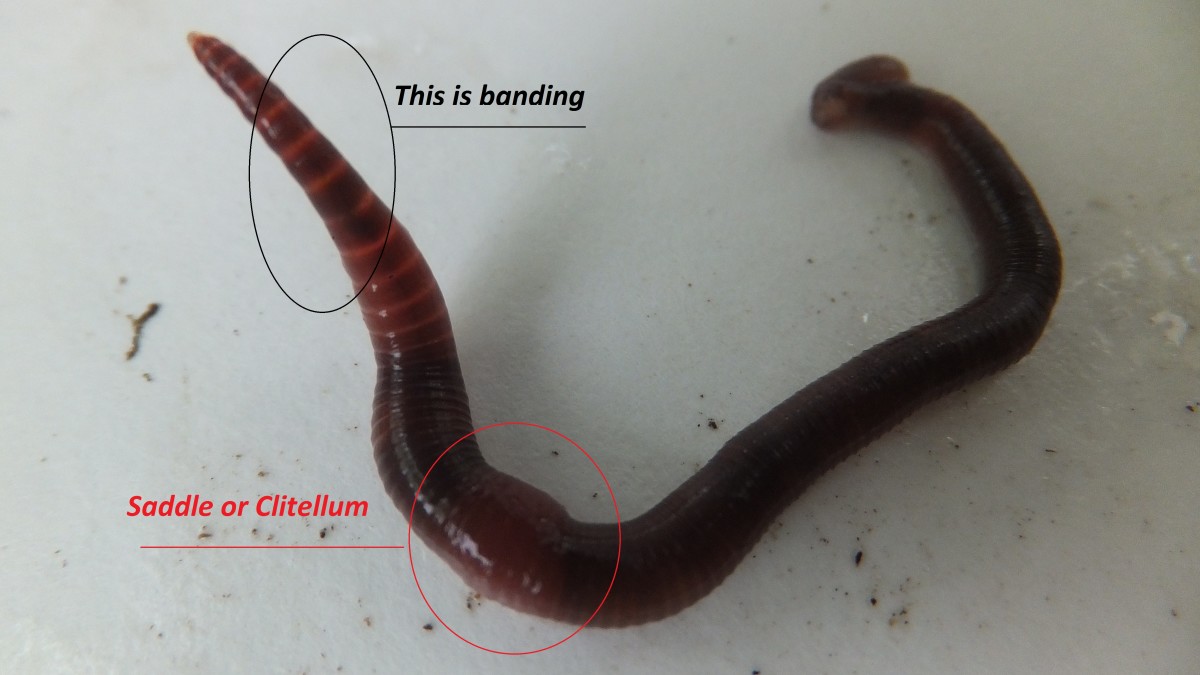Organic Composting with Red Wiggler Worms - Increase Your Yard's Growth
Organic Composting with Red Wiggler Worms - Increase Your Yard's Growth
Blog Article
Maximizing the Perks of Red Wiggler Worms: A Comprehensive Guidebook for Home Gardeners and Urban Farmers
In the world of sustainable horticulture methods, red wiggler worms stand as unhonored heroes, silently transforming natural waste into nutrient-rich castings that can work wonders for dirt health. As home garden enthusiasts and urban farmers significantly seek ecologically friendly and cost-efficient means to enhance their yards, the potential benefits of harnessing the power of red wigglers can not be overstated. From reducing cooking area waste to cultivating much healthier plants, the use of these humble creatures provides a wide variety of advantages. By checking out the complexities of how to effectively look after and take full advantage of the advantages of red wiggler worms, people can unlock a wide range of chances for boosting the sustainability and efficiency of their gardening endeavors.
Comprehending Red Wiggler Worms
Red Wiggler worms, renowned for their reliable composting capacities, are a varieties of earthworms extensively made use of in vermiculture methods. These worms, medically understood as Eisenia fetida, grow in decomposing organic product, making them perfect candidates for composting.
One key attribute of Red Wiggler worms is their reproductive rate. These hermaphroditic animals possess both male and female reproductive body organs, enabling them to replicate rapidly under favorable problems. A mature Red Wiggler can generate multiple children in a brief duration, making sure a steady population within a composting system.

Establishing a Worm Bin
When developing a worm bin for vermiculture objectives, proper preparation and interest to information are necessary for creating a conducive atmosphere for Red Wiggler worms,. Begin by picking a suitable container for your worm bin. This can be a plastic or wooden container with a cover to keep dampness degrees and protect the worms from light. Make certain that the container has drainage openings near the bottom to avoid waterlogging.

Area the worm container in a trendy, dark place far from direct sunshine and extreme temperatures. Routinely monitor the moisture levels, including water if the bed linens feels half-cracked or completely dry. Feed the worms a balanced diet regimen of vegetables and fruit scraps, avoiding citrus fruits, onions, and spicy foods. By complying with these steps, you can establish a flourishing worm bin that will effectively refine natural waste linked here into nutrient-rich vermicompost for your garden.
Feeding and Maintaining Worms
Making sure a nutritious and balanced diet plan is vital for the wellness and efficiency of Red Wiggler worms in a vermiculture system. It is vital to avoid feeding them citrus fruits, onions, garlic, milk products, meat, and oily foods as these can be dangerous to the worms or trigger undesirable odors in the container.
Correct dampness levels are likewise crucial for the health of Red Wiggler worms. By vigilantly checking their diet, moisture, and environmental conditions, home garden enthusiasts and metropolitan farmers can maintain a productive and healthy Red Wiggler worm populace for composting functions.
Collecting Worm Castings
To successfully remove nutrient-rich worm castings from the vermicompost, a systematic harvesting process is crucial for optimizing the composting benefits. The first action in gathering worm castings is to urge the worms to move to one side of the container.
After the castings have been collected, it is essential to divide any type of continuing to be worms from the castings to prevent harming them during storage or application. One reliable technique is to create conical heaps of spreadings under bright light. Worms will intuitively move far from the light, permitting simple separation and elimination.
Last but not least, the gathered worm spreadings ought to be saved in an awesome, dark, and completely dry area to keep their high quality and efficiency content as a nutrient-rich dirt modification. By adhering to these actions, home garden enthusiasts and city farmers can take full advantage of the advantages of red wiggler worms in their vermicomposting systems.
Utilizing Worm Castings in Horticulture
The incorporation of nutrient-rich worm spreadings into yard soil can dramatically enhance plant development and overall dirt wellness. Worm spreadings, likewise recognized as vermicast, are a natural plant food generated by red wiggler worms as they break down organic issue. These spreadings are rich in vital nutrients like nitrogen, phosphorus, potassium, and advantageous microorganisms that advertise plant growth and enhance dirt structure.
When using worm spreadings in horticulture, it is vital to mix them extensively right into the soil or utilize them as a top dressing around plants. The slow-release nature of worm spreadings guarantees a stable supply of nutrients to plants gradually, lowering the danger of nutrient leaching and promoting long-lasting soil fertility. In addition, worm castings help improve dirt oygenation, water retention, and microbial activity, producing a healthy setting for plant roots to prosper.

Final Thought
In conclusion, the usage of red wiggler worms in home horticulture and metropolitan farming can dramatically profit soil health and plant development. By understanding just how to establish up and keep a worm container, feed the worms effectively, and gather their nutrient-rich spreadings, gardeners can take full advantage of the advantages of these earthworms.
In the world of lasting horticulture practices, red wiggler worms stand as unhonored heroes, silently changing organic waste into nutrient-rich castings that can work marvels for dirt health and wellness.When developing a worm container for vermiculture purposes, proper prep work and focus to information are important for creating a helpful atmosphere for Red Wiggler worms. The initial action in collecting worm spreadings is to important link urge the worms to migrate to one side of the bin. Worm castings, likewise known as vermicast, are an all-natural fertilizer produced by red wiggler worms as they break down natural issue. By comprehending how to establish up and preserve a worm container, feed the worms correctly, and gather their nutrient-rich spreadings, gardeners can take full advantage of the benefits of these earthworms.
Report this page